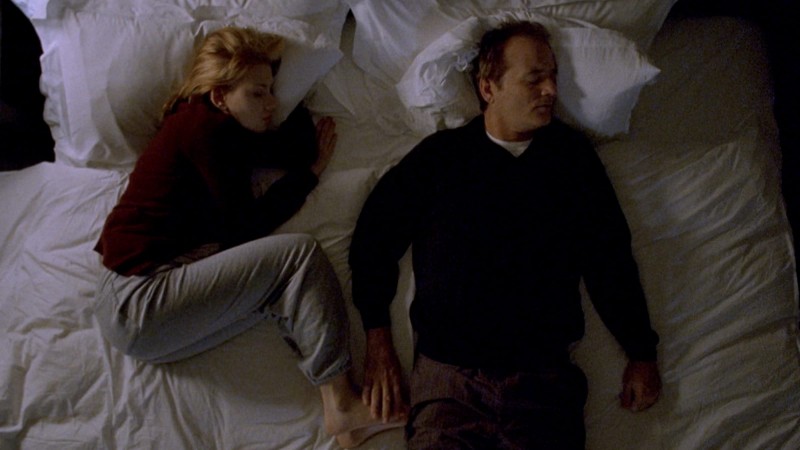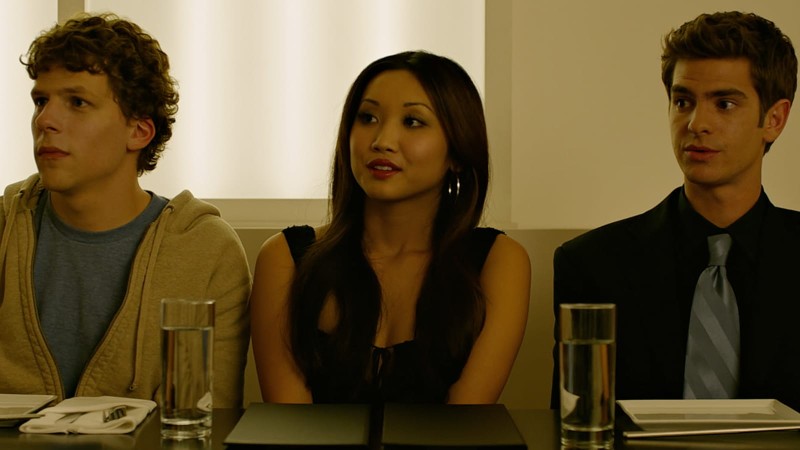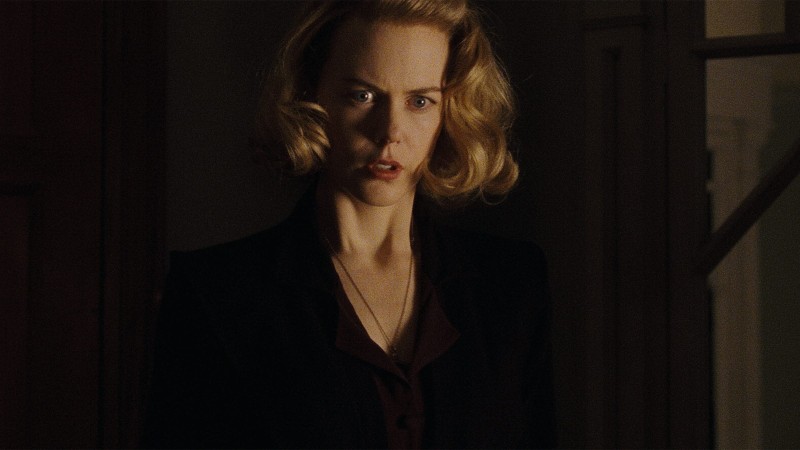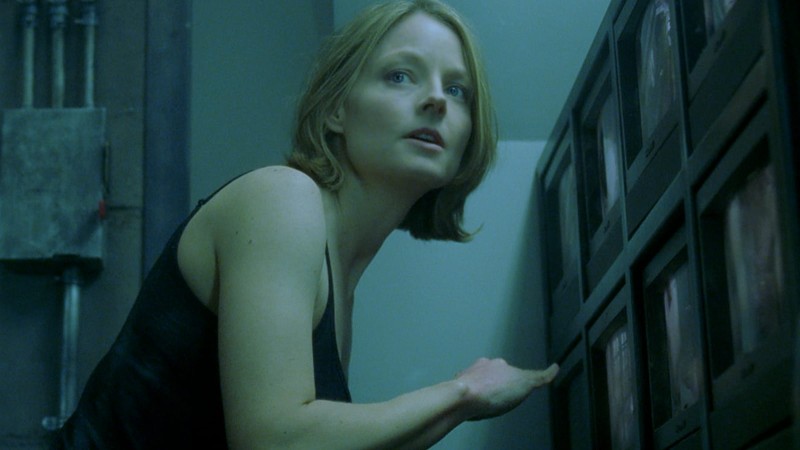Games of Vision in Street of Shame
With his final film, 1956’s Street of Shame, Kenji Mizoguchi returned to a perennial theme—the plight of women in a patriarchal society—and gave it expression in the inimitable style he had spent decades refining. Made and released in Japan as a real-life legislative debate over prostitution was underway, Mizoguchi’s postwar melodrama tracks the stories of five women who work at Dreamland, a brothel in Tokyo’s red-light district—a place brought to vivid life by the director and cinematographer Kazuo Miyagawa (himself the subject of a thirteen-film retrospective currently on the Channel) in a series of exquisitely layered images and delicately flowing long takes. In the latest episode of Observations on Film Art, an ongoing Criterion Channel series that every month offers a concentrated dose of film school, Street of Shame comes in for a close reading, as scholar David Bordwell takes a look at how the construction of the movie’s visual field—particularly through techniques such as camera placement, density of composition, and choreography of movement—serves to strengthen its emotional drama and its cultural critique. After sampling the episode above, make sure to pay a visit to the Channel, where you can watch the whole thing, as well as the heart-wrenching movie under discussion.




